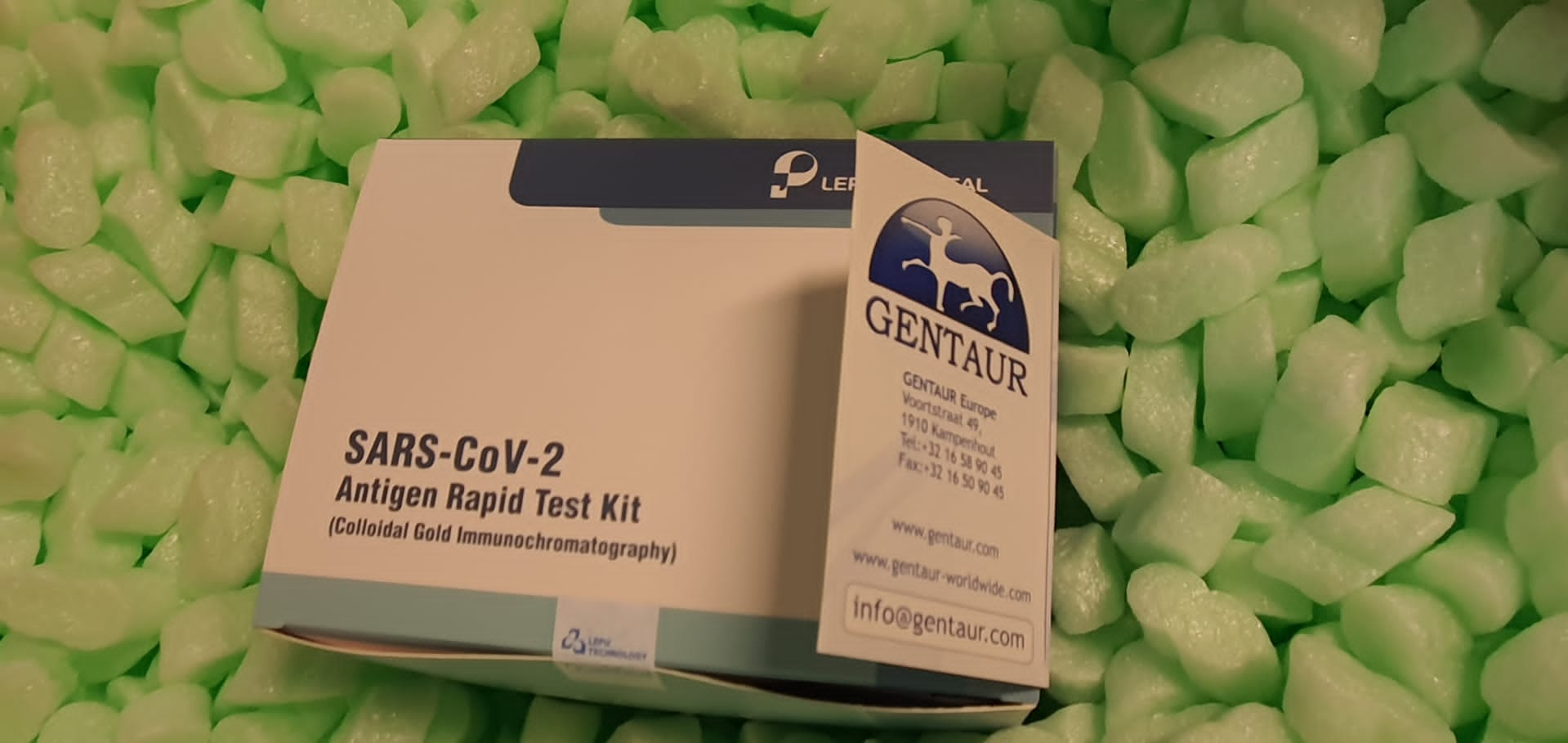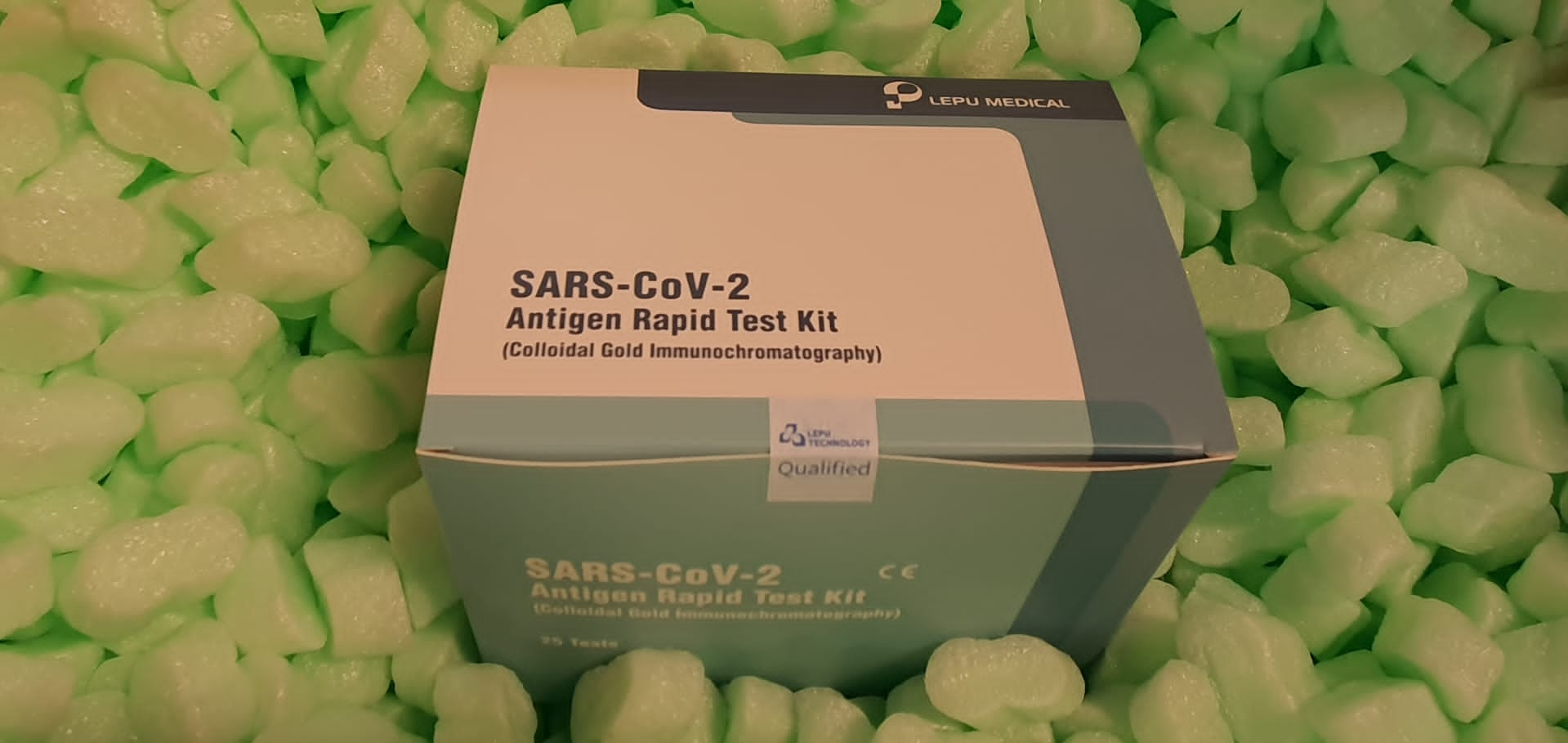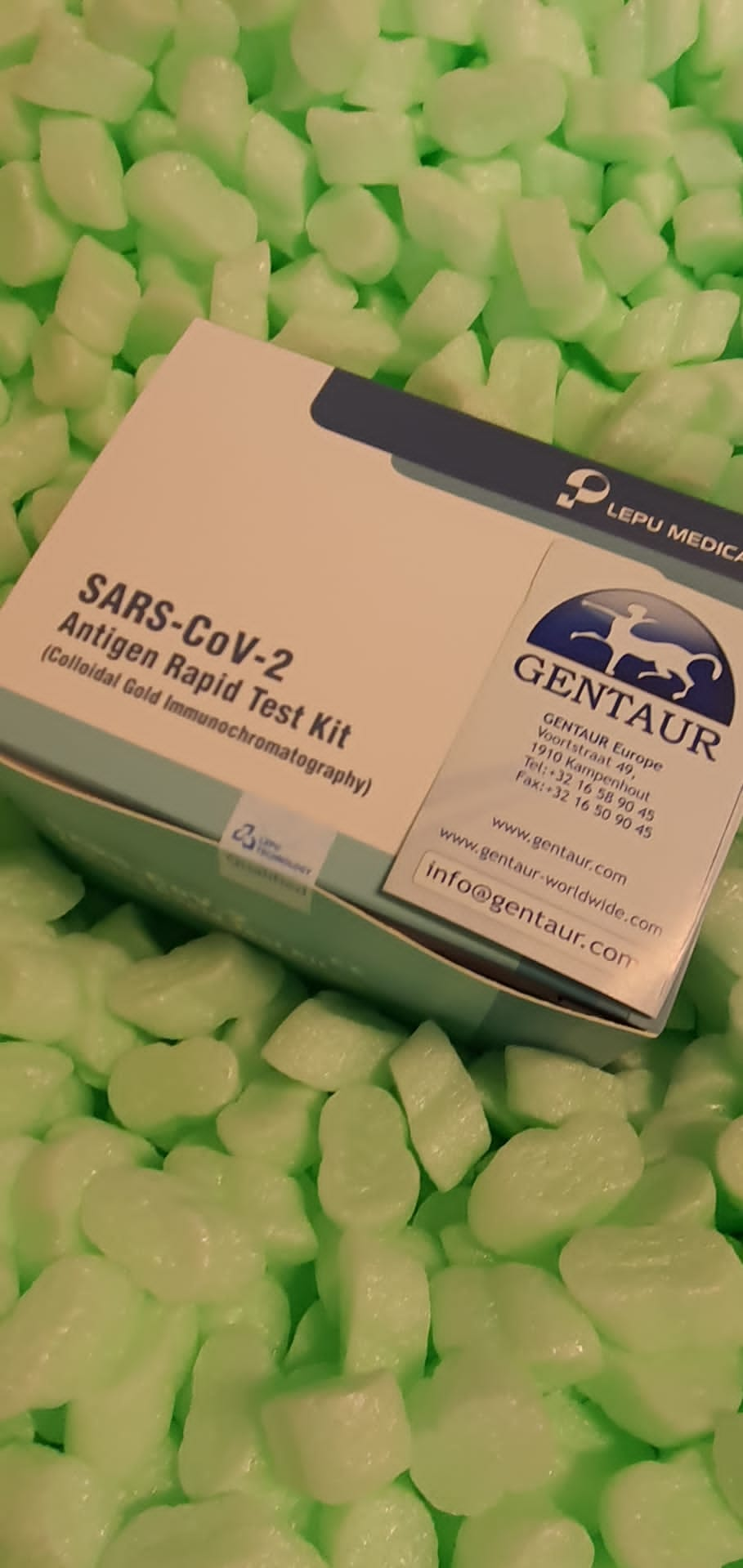ILDGDB: a manually curated database of genomics, transcriptomics, proteomics and drug information for interstitial lung diseases
Interstitial pulmonary diseases (ILDs), a diverse group of diffuse pulmonary diseases mainly affect pulmonary parenchyma. “OMICS” low-flow “OMICS” technologies (genomics, transcriptomic, proteomics) and relative medications have begun to reshape our understanding of ILLD, while these data are dispersed between massive references and are difficult to fully exploit. As a result, we have manually undermined and summarized these data in a database and will continue to update it in the future. The current version of ILDGDB incorporates 2018 entries representing 20 ILD and more than 600 genes obtained by more than 3,000 items out of four species.
Each input contains detailed information, including species, a type of disease, a detailed description of the gene (for example, the official symbol of the gene) and the original reference, etc. ILDGDB is free and provides a user-friendly web page. Users can easily search for genes of interest, display their expression model and detailed information, manage genes sets and submit a Gene-Gene Novel Association. The main principle of the design of the ILDGDB is to provide an exploratory platform, with a minimum of filtering and interpretation, while making the presentation of the very accessible data, which will help researchers to decipher Gene mechanisms and improve the prevention, diagnosis and therapy of GR. .
CCPRRD: a new analytical framework for the complete construction of the proteomic reference database of the construction of non-marmis organizations
The protein reference databases are an essential element of the production of effective proteomic analyzes. However, the method of constructing clean, efficient and complete protein reference databases of non-mulodelian organisms is lacking. Existing methods do not have contamination control procedures, or these methods rely on a three-storey translation and / or six images that significantly increase the search space and the need for calculation resources. In this document, we propose a construction frame of a complete customized proteomic reference database (CCHRD) of deep sequencing genomes and transcriptomes. Its effectiveness is demonstrated by incorporating nematocyst proteomes from endoparasitic CNIDARIAN: myxozoes. By applying custom contamination removal procedures, contaminations in OMIC data have been identified and successfully deleted.
It is an effective method that does not cause overdeverment. This can be displayed by comparing the results of CCCD MS with an artificially contaminated contaminated contaminated database and other database with added contaminations in added genomes and transcriptomes. CCCD has outperformed traditional methods based on a traditional framework identifying 35.2-50.7% more peptides and 35.8 to 43.8% additional protein, up to 84.6% discount size. A Busco analysis has shown that CCCD has maintained a relatively high level of completeness compared to traditional methods. These results confirm the superiority of CCCRR on existing methods in peptide and protein identification numbers, database size and comprehensiveness.
By providing a general framework for generating the reference database, the CCHRD, which does not need a high quality genome, can potentially be applied to non-marmis organisms and contribute significantly to proteomic research. Cannabis research took off since the relaxation of legislation, but proteomics is still late. In 2019, we published three proteomics methods to optimize protein extraction, digestion of protein for low and finbi proteomics, as well as intact protein analysis for downward proteomics. The sativa cannabis protein database used in these studies was recovered from Uniprot, the repositories on the part of proteins, incomplete and under-represent the genetic diversity of this non-model species. In this fourth study, we remedy this gap by looking for larger databases from various sources.

Tailor: Non-parametric and fast score calibration method for peptide identification based on the database in the flush rifle proteomy.
The PapePide-spectrum match scores (PSM) used in database search are calibrated with noneloral spectrum or spectrum distributions. Some calibration methods are based on specific hypotheses and usage analysis models (eg binomial distributions), while other methods use exact empirical null distributions. The first may be inaccurate because of unjustified assumptions, while these are accurate, although it is exhaustive. Here, we introduce a method of calibration of nonparametric, non-parametric, heuristic, customized scores, which calibrates PSM scores by dividing them with the top 100-quantiles of empirical and spectrum-specific zero distributions (C.- À-d. The score with a p -value of 0.01 to the tail, hence the name) observed during the database search.
Tailor does not require any optimization or long calculations; It does not rest on any hypothesis on the form of the distribution of scores (ie if it is ex. Binomial); However, it is based on our empirical observation than the average and variance of zero distributions are correlated. In our reference index, we have re-calibrated the Xcorr Correspondence scores of Crux, X Hyperscore scores! Tandem and Omssa P values with a custom method and obtained more spectrum annotations than with raw scores to a false discovery rate level. In addition, tailor supplies slightly more annotations than X’s electronic values! Tandem and Omssa and approached the performance of the exact exact exact exact value method for XCORL on spectrum data sets containing low-resolution fragmentation information (MS2) about 20-150 times faster. On high resolution MS2 data sets, the custom method with XCORL has obtained state-of-the-art performance and produces more annotations than the RES-EV score calibrated from about 50 to 80 times faster.
Pathogens are capable of providing proteins rich in small cystine cysteine in plant cells to allow infection. The IT prediction of the effector proteins remains one of the most difficult areas of the study of the interactions of plant fungi. Currently, several bioinformatic programs can help identify these proteins; However, in most cases, these programs are managed independently. Here we present Effhunter, an easy and fast bioinformatics tool for the identification of the effectors. This predictor has been used to identify the putative effectors in 88 proteoms using characteristics such as size, cysteine residue, secretion signal and transmembrane domains.



